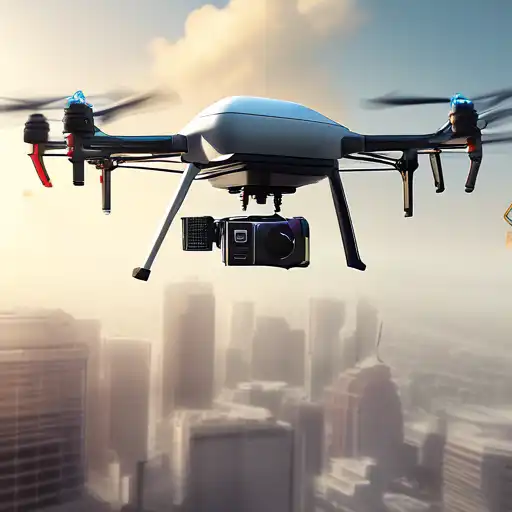The Rise of Commercial Drones
Commercial drones, also known as unmanned aerial vehicles (UAVs), have revolutionized industries by offering innovative solutions to traditional challenges. From agriculture to real estate, drones are providing businesses with cost-effective, efficient, and safe methods to conduct operations. This article delves into the vast opportunities presented by commercial drones and the regulatory framework governing their use.
Opportunities Unleashed by Commercial Drones
The applications of commercial drones are vast and varied. In agriculture, drones are used for crop monitoring, spraying, and surveying, significantly reducing labor costs and increasing productivity. In the construction sector, drones offer aerial photography and site surveying, enhancing project management and safety. Meanwhile, the real estate industry benefits from stunning aerial views of properties, attracting more potential buyers.
- Agriculture: Precision farming, crop health monitoring.
- Construction: Site surveying, progress monitoring.
- Real Estate: Aerial photography, property showcasing.
- Delivery Services: Fast and efficient package delivery.
Navigating the Regulatory Landscape
While the opportunities are immense, the use of commercial drones is subject to strict regulations to ensure safety and privacy. In the United States, the Federal Aviation Administration (FAA) requires commercial drone operators to obtain a Part 107 certification. This includes passing a knowledge test and adhering to operational limitations such as flying below 400 feet and maintaining visual line of sight.
Internationally, regulations vary by country, but common themes include registration, certification, and no-fly zones. It's crucial for businesses to stay informed about the latest drone laws to avoid penalties and ensure compliance.
Future Prospects and Challenges
The future of commercial drones is bright, with advancements in technology paving the way for more sophisticated applications. However, challenges such as privacy concerns, airspace congestion, and the need for more comprehensive regulations remain. Businesses must weigh the benefits against the potential risks and stay ahead of regulatory changes to fully leverage the potential of commercial drones.
For more insights into how technology is transforming industries, check out our article on The Impact of AI on Modern Businesses.
Conclusion
Commercial drones offer unparalleled opportunities across various sectors, but navigating the regulatory landscape is essential for sustainable operations. By understanding the potential and adhering to regulations, businesses can harness the power of drones to achieve operational excellence and competitive advantage.
